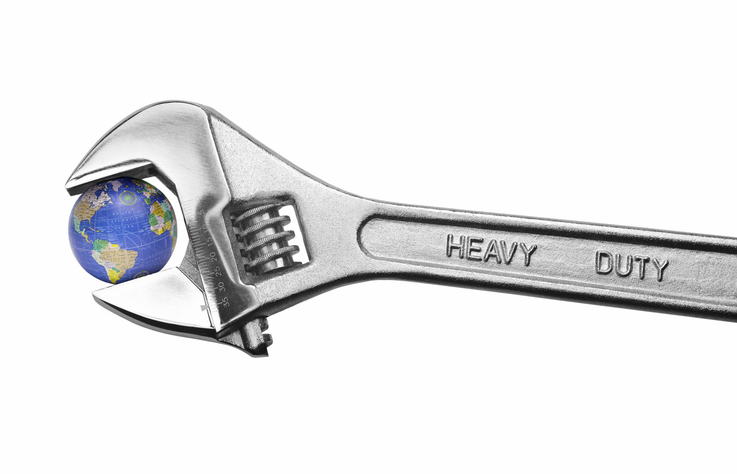Since 1970, Earth Day has provided an annual reminder of our responsibility to protect the planet. Though corporate pledges and sustainability standards are more common than ever, many businesses still view going green as a daunting, costly effort.

Google Cloud’s latest Sustainability Survey reflects this contradiction. Though 96% of surveyed organizations say they have at least one green initiative in place, a range of challenges stand in the way of progress and leave many executives feeling pessimistic. In addition to a less-than-ideal economic environment, they point to problems including finding the right technology and the lack of a clear definition for sustainability success.
The Role of Maintenance in Maintaining a Healthy Planet
With new and evolving environmental regulations impacting the worlds of facilities management and manufacturing, business leaders must find ways to incorporate green initiatives without putting a stop to their operations and negatively impacting revenue.
Across all facilities management sectors, a more proactive approach to maintenance can make it easier to deliver on sustainability goals. By reducing downtime, improving resource allocation, and minimizing waste, effective, data-driven maintenance teams can and should play a central role in making sustainability a reality.
Overcoming Obstacles to Sustainability with a CMMS
Introducing more proactive and strategic maintenance with the help of a Computerized Maintenance Management System (CMMS) can support these efforts by addressing many of the most common obstacles to measuring and achieving green goals.
- Optimizing Equipment Maintenance: Respondents to Google cited a lack of focus as one of their primary challenges in achieving sustainability objectives. A CMMS can enable strategic proactive and preventative maintenance programs based on real-time data and robust analysis. In addition to simplifying criticality assessments, the platforms reduce energy consumption and excess labor costs associated with inefficient operations by ensuring all critical equipment operates at peak efficiency. Optimized preventive maintenance also reduces the impact of unplanned downtime, which may cause more resource-intensive equipment repairs.
- Discouraging Waste: In addition to helping raw material usage, utility costs, and labor expenses, CMMS platforms boast features for optimizing spare parts and inventory management that reduce both the likelihood and impact of events like over- or under-stocking.
- Improving Compliance and Reporting: CMMS software promotes compliance with both internal and external regulations by making it easy to incorporate standard operating procedures into every work order and preventive maintenance task. It also makes policies and maintenance records easily accessible for smoother audits and simplified enforcement. Google found that almost 90% of executives believe better reporting could help them collect the right resources and allocate them for success. In addition to offering helpful insights for making green goals a reality, CMMS-based reporting can help maintenance teams make the case for additional investments.
- Speeding the Transition from Paper to Digital: Advancements in cloud-based technology have made digital transformation easy for maintenance teams of all sizes. Transitioning from traditional paper-based maintenance management to a CMMS can eliminate paper and printer usage for a more eco-friendly approach to managing work and storing documentation. Reducing wasted paper will also mean reducing wasted time, as your team will find it far easier to locate essential data and access asset histories.
- Empowering Leaders and Driving Accountability: A range of talent management challenges tend to stymie sustainability efforts. Teams are often poorly aligned, and decision-makers don’t always feel empowered to make important choices or advocate for additional investment. More than half of executives say they don’t have access to the skilled talent they need. A modern CMMS platform’s features should close some gaps, helping teams allocate their people more effectively to do more with less when necessary. With increased visibility, stakeholders across maintenance teams can always feel confident in their decisions and commit to meeting higher performance standards.
By embracing CMMS technology, manufacturing plants and facilities can improve sustainability and contribute to a more environmentally responsible future without neglecting operational efficiency and profitability. Most important of all, a CMMS can help you prove to clients, customers, and internal stakeholders that sustainability is more than just a buzzword. Reporting on the results of a data-driven, proactive maintenance team will show how you’ve made sustainability a pillar of your operations.
Bryan Christiansen is the founder and CEO of Limble CMMS. Limble is a modern, easy-to-use mobile CMMS software that takes the stress and chaos out of maintenance by helping managers organize, automate, and streamline their maintenance operations.
ALSO READ: Top 10 Earth Day Must-Reads for Facilities Managers
